Cold showers are a pain, especially when you’ve got work or kids waiting. Before you call a plumber, try a few simple checks. Most water‑heater problems are easy to spot and even easier to fix.
First, make sure the power or gas is on. Electric heaters need a functioning breaker; a tripped switch will stop heating right away. For gas units, check the pilot light – if it’s out, the heater won’t fire.
Next, look at the thermostat. Set it between 120‑140°F (49‑60°C). If it’s too low, the water will feel lukewarm. A faulty thermostat can also send wrong signals, so adjust it and see if the water warms up.Another frequent culprit is sediment buildup. Over time, minerals settle at the bottom of the tank and act like insulation, preventing the burner from heating the water efficiently. If your water feels a bit cloudy or you hear rumbling noises, it’s likely time to flush the tank.
Leaking or corroded anodes can also cause loss of heat. The anode rod protects the tank from rust; when it’s worn out, the heater works harder and may overheat, then shut off.
Start by resetting the unit. Most electric heaters have a reset button near the thermostat – press it firmly. For gas models, turn the gas valve off for a minute, then relight the pilot following the manufacturer’s instructions.
If the breaker tripped, flip it back on. If it trips again, the heating element may be shorted, and that’s a sign you need professional help.
Flushing the tank takes about an hour and only needs a garden hose. Turn off the heater, attach the hose to the drain valve, open the valve, and let the water run until it’s clear. Close the valve, refill, and turn the heater back on.
Check the temperature setting and raise it a few degrees if needed. While you’re at it, feel the tub’s outer surface – if it’s extremely hot, the thermostat may be stuck and you should schedule a service.
Finally, listen for strange noises. Banging or popping usually means mineral buildup. If flushing doesn’t help, the heating element or burner may need replacement, which is best left to a qualified technician.
When you’ve tried power, pilot, reset, thermostat, and flushing, but the water is still cold, call a professional. Persistent issues could mean a cracked tank, bad heating element, or a gas safety problem that requires certified expertise.
Regular maintenance can keep your water heater running for years. Aim to flush the tank once a year, test the pressure‑relief valve, and inspect the anode every two years. A little routine work saves you from sudden cold showers and costly repairs.
Bottom line: most water‑heater woes are simple to diagnose and fix. Give these steps a go, and you’ll likely be back to warm showers in no time. If not, a qualified repair service will have you sorted quickly and safely.
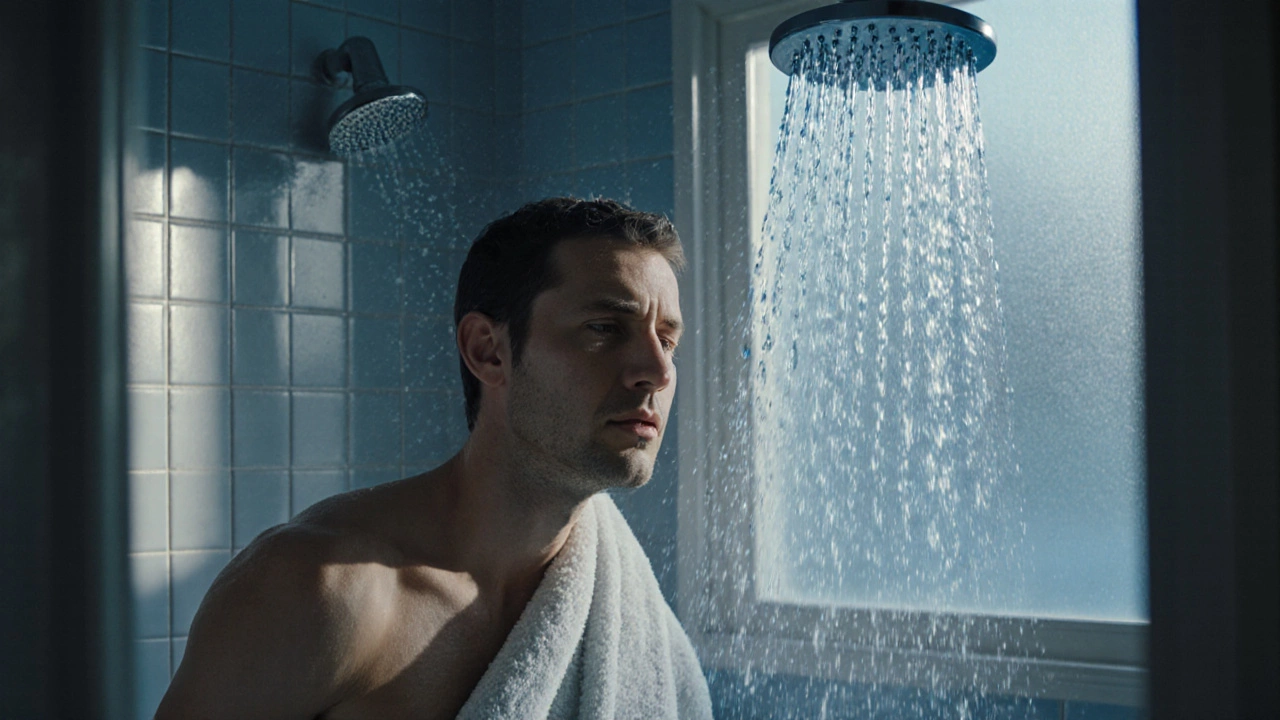
Find out why your hot water vanished, walk through quick DIY checks, learn simple fixes, and know when to call a professional for reliable heat restoration.
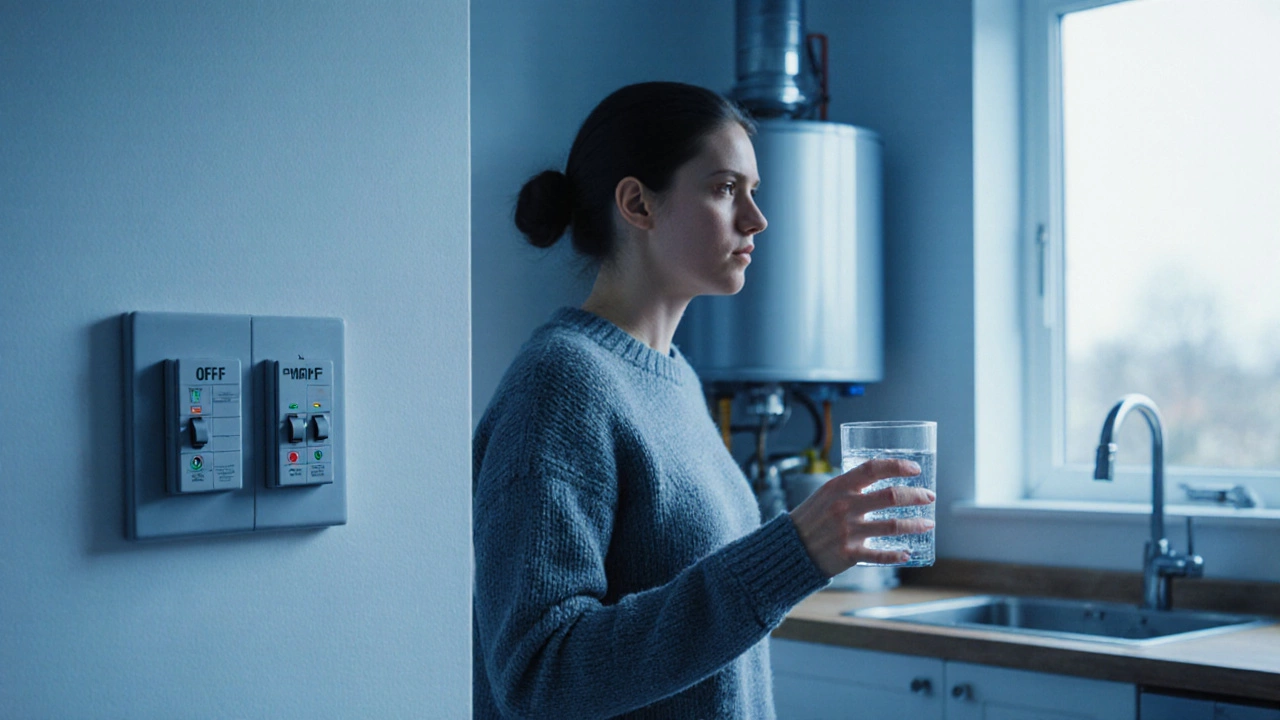
Learn fast DIY steps to diagnose and fix a non‑working water heater, plus safety tips, maintenance advice, and when to call a professional.
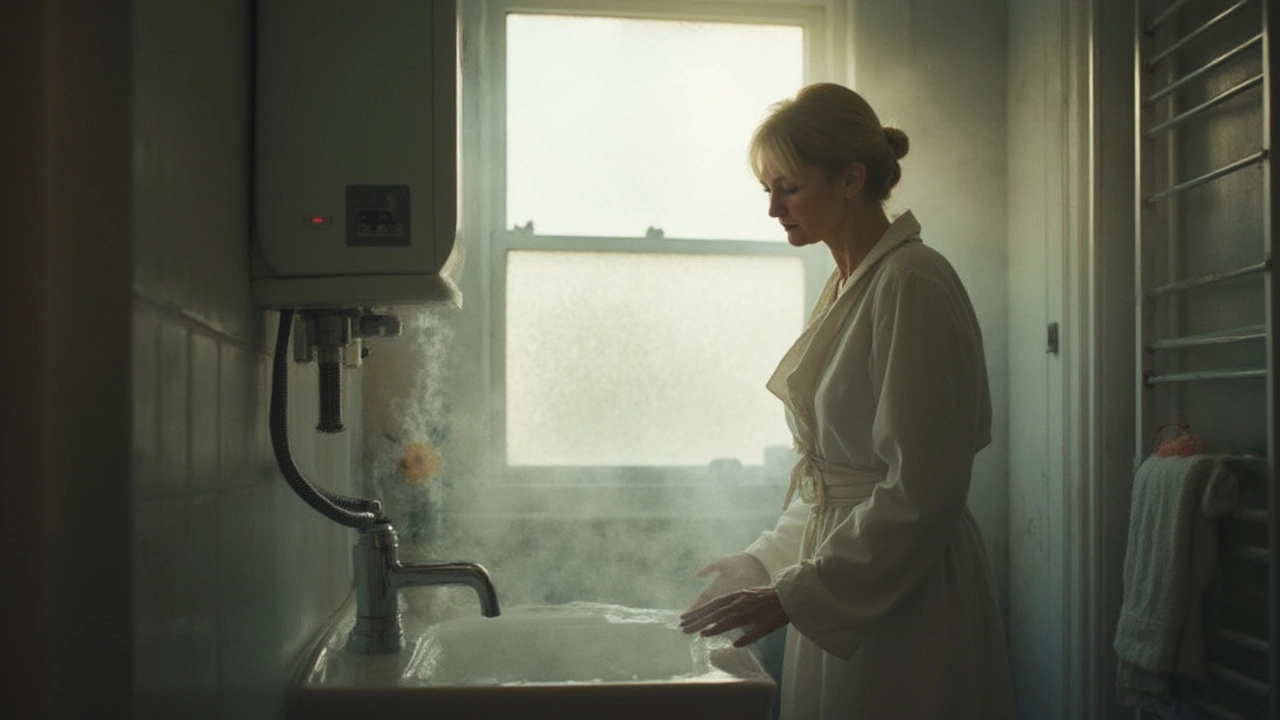
Wondering why your water heater keeps needing a reset before you get hot water? Learn the real reasons, what you can safely check, and when it’s time to call for help.

Ever got frustrated with cold showers while waiting for your hot water heater to get fixed? This article breaks down how long it really takes to repair different types of water heaters, from common issues you can fix yourself to problems that call for a pro. You'll learn what affects the repair timeline, plus some quick tips to speed things up. No more second-guessing if you’ll be stuck with icy water all day. Get the facts so you can plan around your next repair.
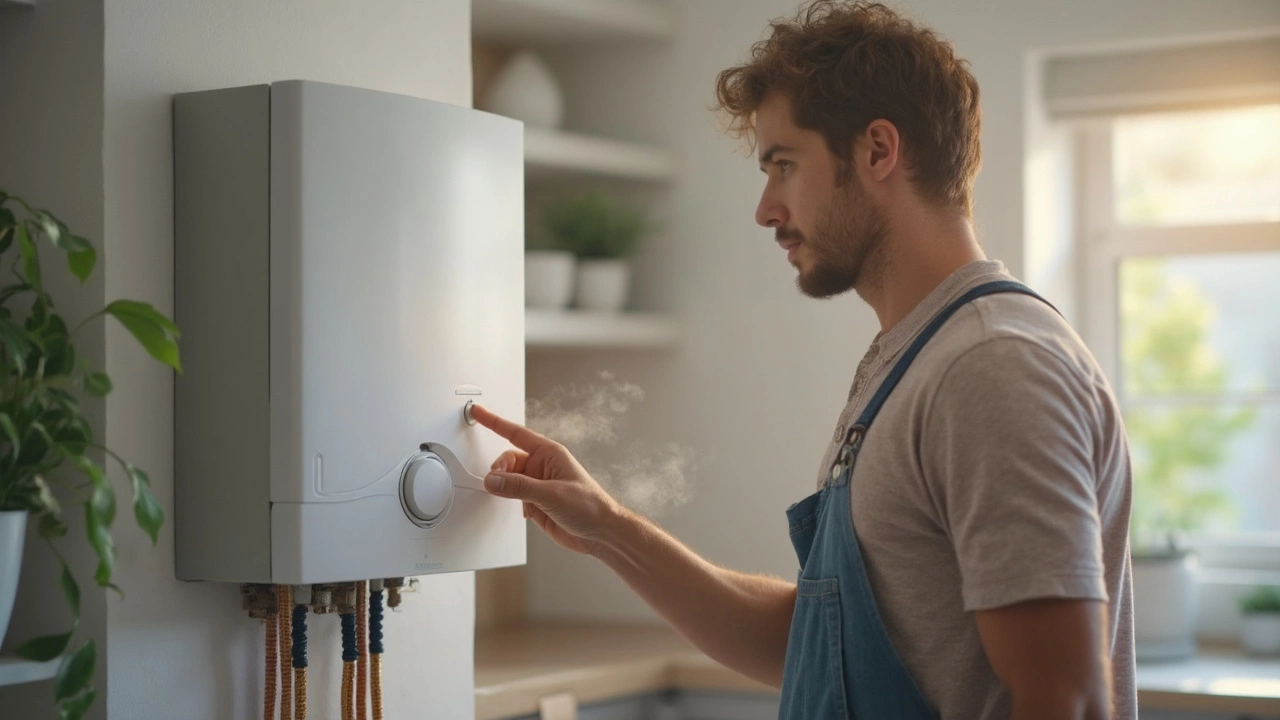
Dealing with a water heater that keeps tripping can be a headache—hot water one minute and a cold shower the next. This article breaks down the most common reasons for this irritating problem, giving you clear steps for figuring out if it’s a simple DIY fix or if you should call in a pro. You’ll get straight talk, not complicated jargon or long-winded explanations. Learn what to check, what parts usually fail, and when your water heater might just be on its last leg. Get the confidence to handle the problem and save yourself a ton of hassle.

Extractor fans are essential for maintaining air quality in enclosed spaces like kitchens and bathrooms. When these fans break down, they can lead to moisture buildup and unpleasant odors. This guide offers practical advice on fixing a broken extractor fan, providing step-by-step instructions that any homeowner can follow. Learn how to diagnose common issues and the tools needed to restore your fan to working order.

A malfunctioning boiler can be a real nuisance, especially during the cold months. Understanding whether a broken boiler constitutes an emergency is crucial. This article provides insights into when to prioritize boiler repairs, potential risks associated with delayed attention, and essential DIY tips to consider before professional help arrives. Dive into valuable advice on maintaining your heating system efficiently.
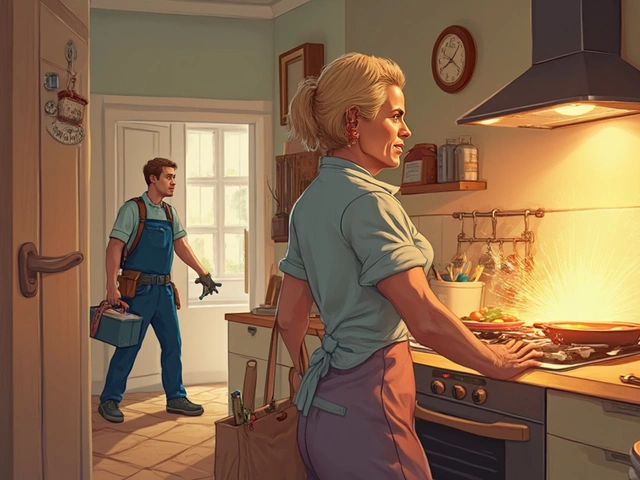
An electric hob on the fritz can leave you in a lurch, but knowing how much it costs to fix can help you prepare. We'll break down the average repair costs, consider factors like brand, parts, and labor, and help you decide if a repair or replacement makes more sense. Get the inside scoop on typical issues that might arise and how to avoid them in the future. With this guide, you'll feel more confident when talking to repair technicians and won't be caught off guard by unexpected expenses.
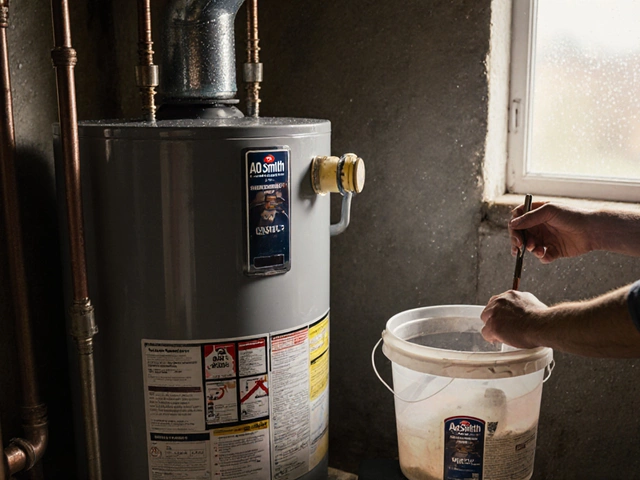
AO Smith, Bradford White, and Rheem are the most durable water heater brands, often lasting 12-15 years with proper maintenance. Learn what really affects lifespan and how to make your heater last longer.
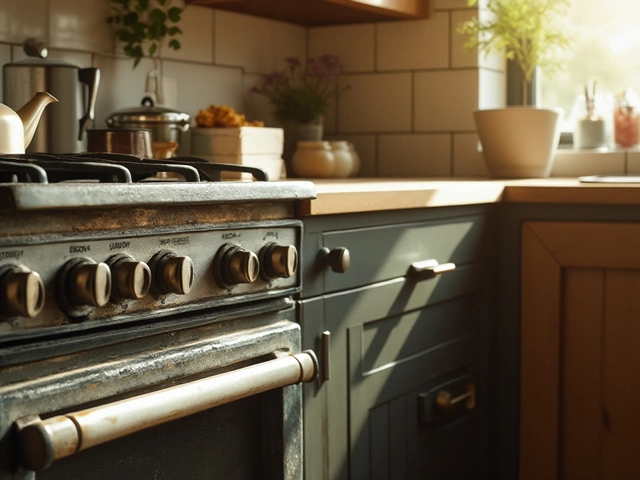
Wondering if your oven's heating element is faulty? Learn how to identify signs of a broken oven element, including visual inspections, testing with a multimeter, and troubleshooting tips. This guide offers essential knowledge to help you diagnose and fix any issues, ensuring your oven works efficiently. Stay informed about safety precautions and when it might be time to call a professional.